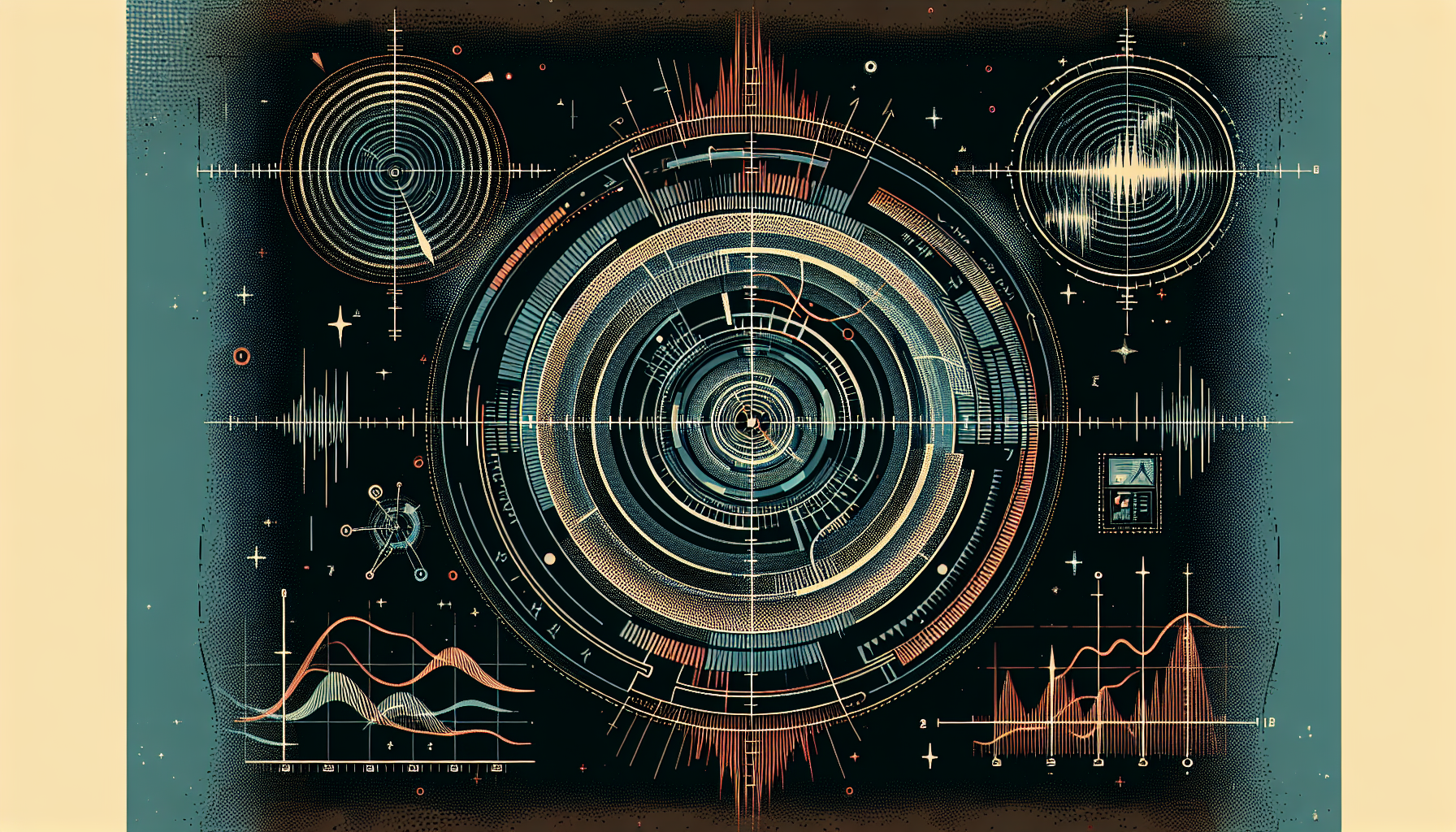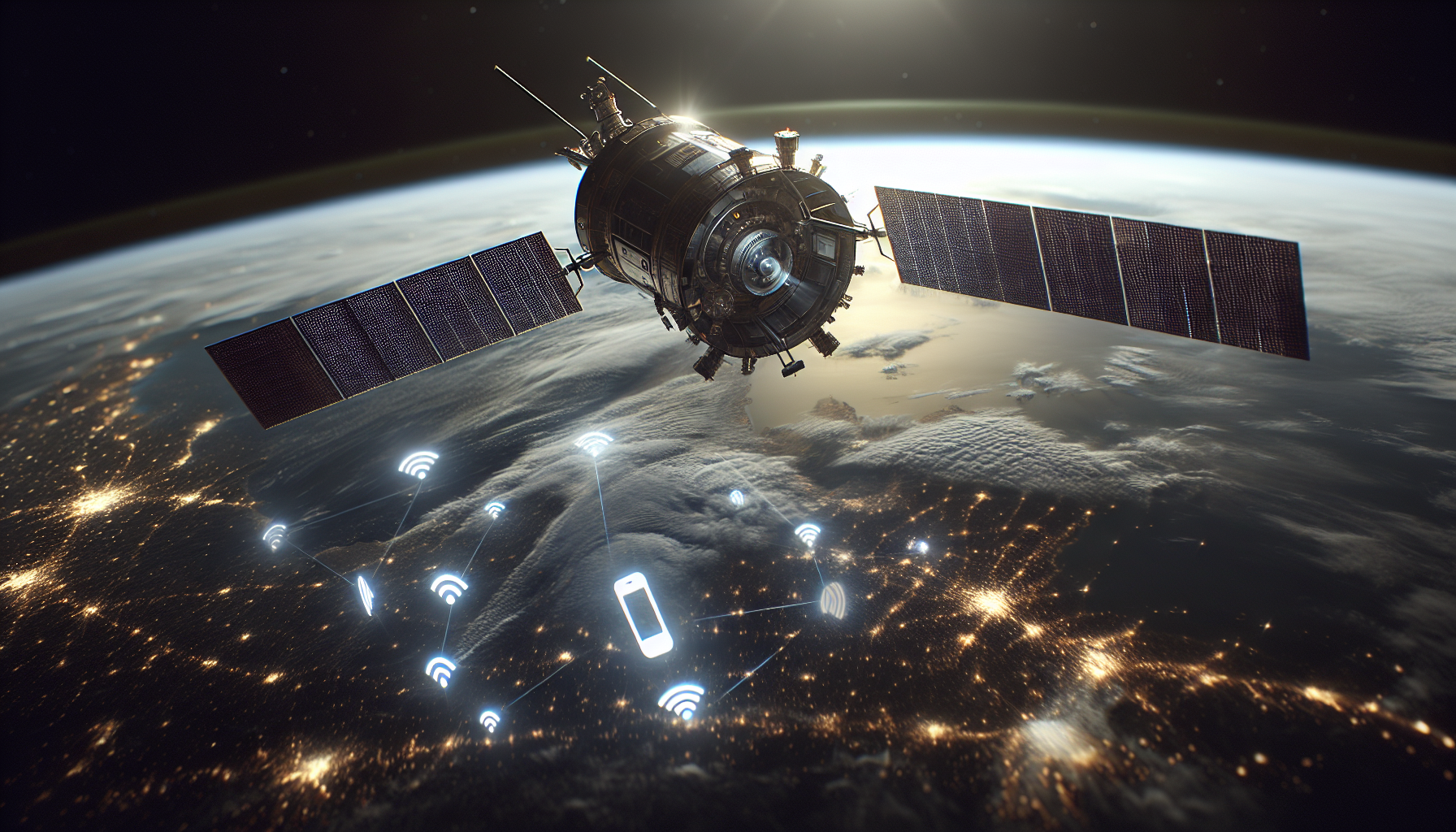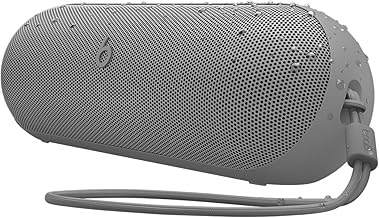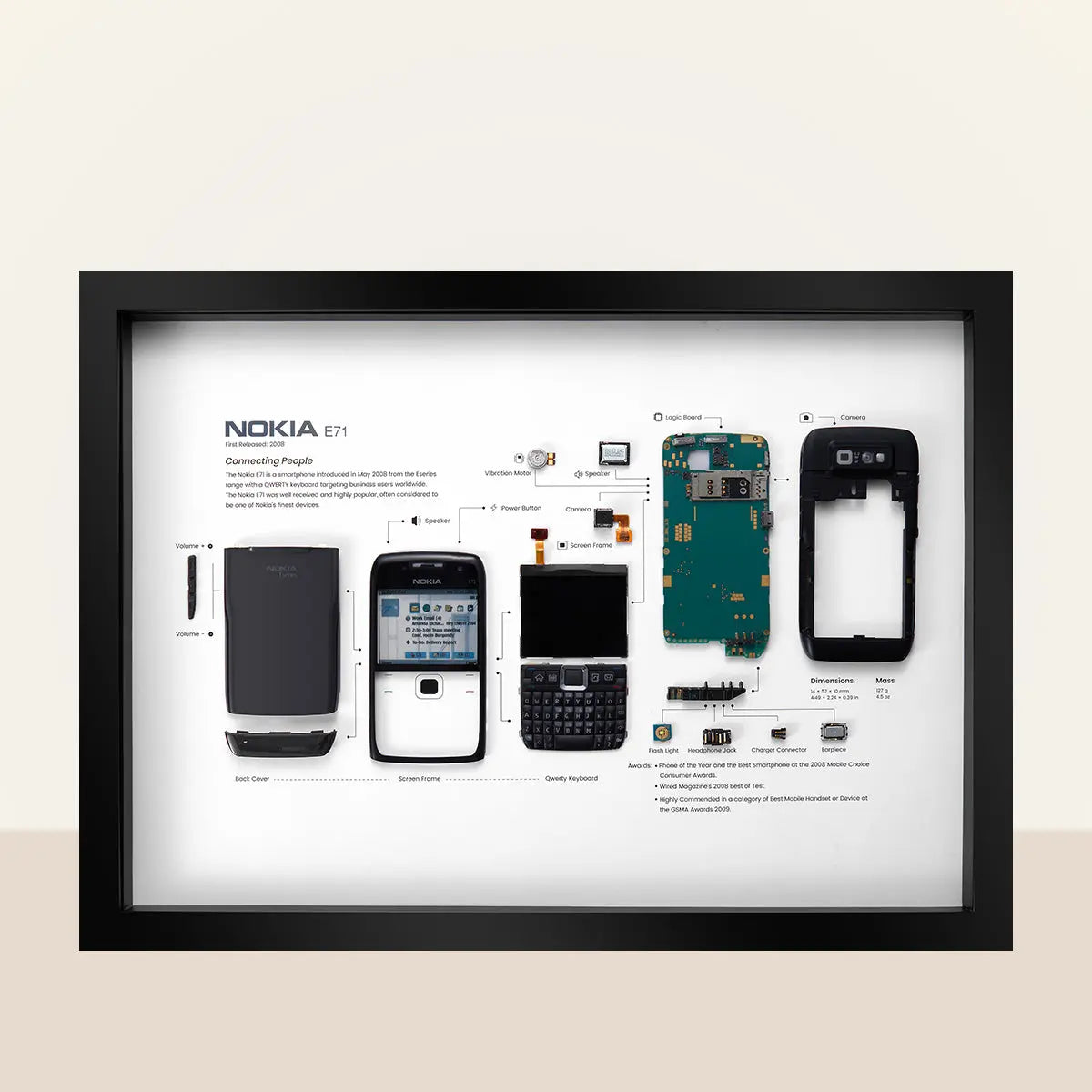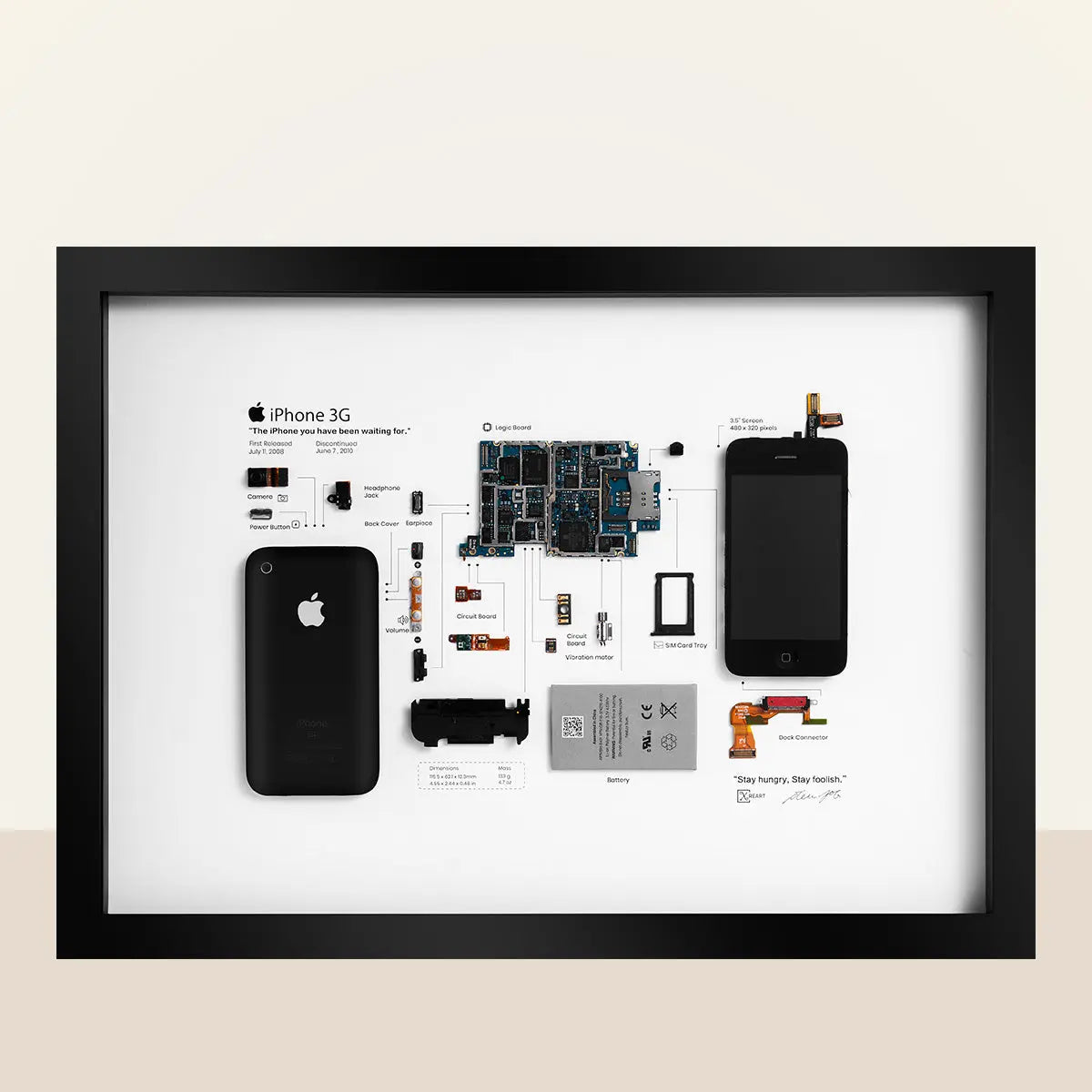Doppler radar has long been an integral technology in various fields, powering applications from weather forecasting to surveillance. Its ability to measure the frequency of returning signals makes it uniquely suited for tracking moving objects or changes in weather patterns, but recent research has unveiled a groundbreaking enhancement that promises to propel these systems into a new era—quantum technology.
The Essence of Doppler Radar
At its core, Doppler radar operates on the principle of detecting frequency changes in waves transmitted from a source. When these waves bounce off a moving object, such as a storm or a vehicle, they return with altered frequencies, which the radar interprets to provide insights into speed and distance. This technology has found a home in numerous applications—guiding meteorologists in storm tracking, allowing traffic monitoring, and supporting research in atmospheric science.
However, Doppler radar is not without its limitations, particularly in high-noise environments where the clarity of the returned signal can be compromised. Interference from thermal noise and other environmental variables can obscure critical data, diminishing the accuracy and effectiveness of these systems.
Unpacking the Research
In a remarkable study titled “Quantum illumination advantage in quantum Doppler radar,” researchers Rongyu Wei, Francesco Albarelli, Jun Li, and Vittorio Giovannetti explore the integration of quantum mechanics with Doppler radar technology. This transformative research identifies how quantum illumination—an innovative method using entangled quantum states—can significantly enhance radar performance, especially in noisy conditions.
The findings reveal that quantum radar systems can outperform traditional models, particularly when dealing with thermal noise. By utilizing principles of quantum mechanics, the researchers demonstrate a clear advantage in target detection, even amidst challenging signal conditions.
Revealing Quantum Advantages
The essence of this quantum advantage lies in the utilization of entangled quantum probe states. Unlike conventional radar that relies on coherent states, quantum radar employs complex multimode states, improving signal fidelity and providing an edge in measuring uncertain variables.
In practical terms, the study illustrates that quantum Doppler radar can achieve a significant advantage over its classical counterparts, specifically in scenarios marked by high thermal noise. This quantifiable improvement signifies a substantial leap forward in radar technology, showcasing how the principles of quantum physics can solve age-old challenges faced in detection accuracy and signal clarity.
Shaping the Future of Radar Technology
The implications of these advancements stretch far and wide. Enhanced radar capabilities could revolutionize surveillance technology, improving everything from aerospace monitoring to emergency response systems where precise tracking is paramount. Similarly, scientific research—especially in fields that rely on accurate environmental data—can benefit significantly from these developments.
As quantum technology continues to evolve, the potential for further research and practical applications seems boundless. We may soon see a new generation of radar systems, enabled by the robust principles of quantum mechanics, fostering exciting new opportunities in various domains of technology and science.
Embracing Innovation
The intersection of quantum mechanics and radar technology marks an extraordinary leap into a future rich with possibility. As researchers continue to unravel the complexities of quantum systems, the tech landscape is bound to shift dramatically, paving the way for innovations we have yet to imagine. Enhancements that quantum technology promises will reshape how we perceive and interact with the world around us.
For those eager to delve deeper into this fascinating development, I encourage you to explore the original research paper here.

